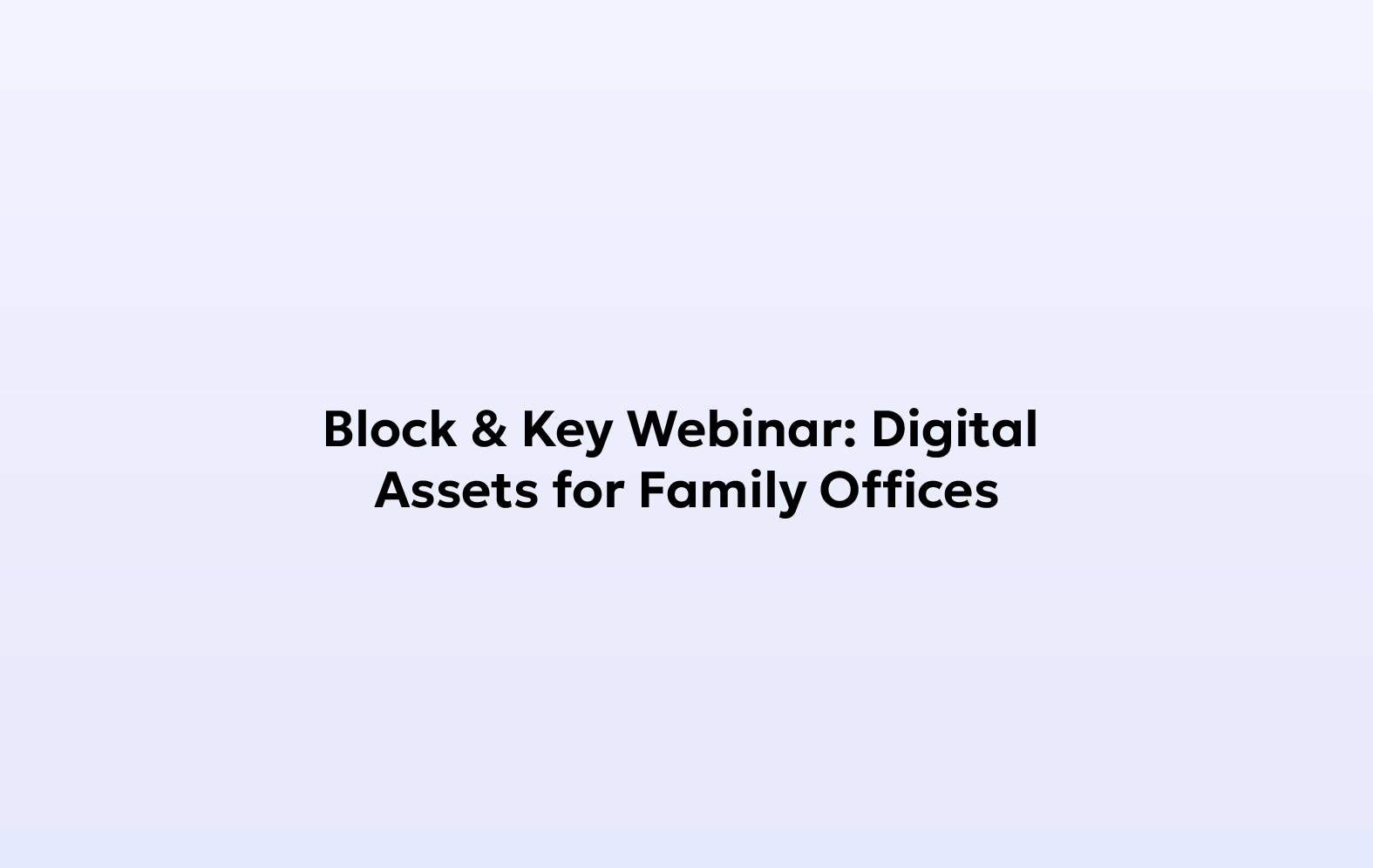The finance world has witnessed a massive disruption thanks to the use of blockchain in creating solutions that act as an alternative to traditional financial products and services. The decentralized nature of blockchain technology and applications created on top of it to provide financial solutions are collectively referred to as decentralized finance, DeFi in short. Driven by crypto assets, the DeFi solutions are universally accessible and able to operate without any intermediaries like banks and other financial institutions. As a result, they have turned into an all-inclusive, inexpensive and democratic financial ecosystem.
The DeFi ecosystem reduces the barrier to entry for the masses, making it an ideal solution to address the “unbankedness” prevalent in today’s society. A significant global population currently have limited or no access to financial products and services, either due to a lack of easily accessible infrastructure, stringent requirements set forth by banks and governments for access to credit or the exorbitant costs applied to these by financial institutions. DeFi helps circumnavigate all these hurdles, making it possible for everyone, everywhere, to enjoy financial independence. Meanwhile, as self-custodial solutions, DeFi ecosystems ensure that everyone always remains in complete control of their funds while presenting multiple profit-generating opportunities.
In addition, DeFi protocols also offer innovative tools that are exclusive to decentralized ecosystems, giving impetus to the ingenuity fostered by the blockchain. The functionalities of DeFi dApps range from familiar financial products like lending and borrowing to more specialized offerings like flash loans, arbitrage trading and more.
Prominent DeFi Applications Bring Crucial Use Cases
Ethereum’s concept of “programmable money” made it possible for developers to create DeFi use cases beyond the simple peer-to-peer transactions that the Bitcoin blockchain allowed. Over time, more and more blockchain protocols evolved, providing multiple platforms for developers to build innovative DeFi products. With increased adoption that followed, the total value locked within DeFi protocols on the Ethereum network alone surpassed over $100 billion during the previous bull run, serving as a representation of how consequential DeFi protocols are becoming.
Some of the widely used DeFi applications to earn interest and generate passive income include:
Staking and Yield Farming
Staking was made popular by proof-of-stake blockchain protocols where the validators confirming transactions on the network have to lock a certain portion of the protocol assets on a staking contract. The staked funds act as collateral to ensure the validators operate in good faith and adhere to the protocol’s requirements when it comes to validating transactions. In return, staking participants receive rewards in proportion to their stake for their contributions towards securing the network.
Since then, the definition of staking has expanded to include any activity requiring the users to deposit their crypto assets in a contract for a specific duration to earn rewards. Staking is used as an efficient means to attract more liquidity to DeFi protocols, encouraging more people to contribute to the liquidity pools to earn a portion of protocol fees or interest changes as returns.
Liquidity pools on decentralized exchanges, lending protocols and other DeFi solutions depend on liquidity provisioning through staking for efficient operations. Meanwhile, the process of investing in liquidity pools to earn rewards through yields offered by the DeFi protocols is referred to as yield farming.
A few protocols, in order to attract more liquidity providers and retain liquidity from existing providers, take the staking process to the next step. They offer liquidity farming options where the liquidity provisioning (LP) tokens issued, signifying the depositors’ share in the liquidity pool, can be staked for a certain duration to receive additional rewards on top of those offered for participation in liquidity pools. As long as the LP tokens are staked in these farms, liquidity providers will continue retaining their stake in the liquidity pool.
Lending And Borrowing Protocols
Decentralized lending and borrowing protocols are arguably the most popular DeFi applications, allowing users to advance funds while earning high-interest rates as passive income by depositing liquidity into smart contracts in the form of lending pools. On the converse, users can also avail of loans without invasive know-your-customer procedures, offering privacy to borrowers, on providing collateral in the form of cryptocurrency.
Apart from simple lending and borrowing, these protocols also provide far more complex financial tools like flash loans that enable users to borrow cryptocurrency and repay the loan within the same transaction. This creates possibilities where users can profit off the volatility experienced by the same cryptocurrency across different exchanges in a process known as arbitrage trading.
Stablecoins
Cryptocurrencies, due to their high volatility, experience tremendous fluctuations over short periods. While it can be beneficial in certain instances allowing users to profit immensely due to surging prices, cryptocurrency prices can dip similarly, too, causing major losses. Volatility is a highly risky affair for anyone holding cryptocurrency, more so for DeFi users whose funds are staked in smart contracts like liquidity pools on AMM DEXs. To prevent scenarios where users can risk funds unnecessarily and make indulging with DeFi protocols less risky, fiat-like decentralized currencies that are stable in a value called stablecoins are widely used. Stablecoins are pegged to fiat currencies, fiat-denominated assets or algorithms to store value stably on the blockchain, preventing the need for fiat usage, which brings centralization.
Decentralized Exchanges
Like forex exchanges in traditional finance and centralized exchange platforms in the crypto ecosystems, decentralized exchanges play a major role in DeFi ecosystems. DEXs allow users to trade one crypto asset for another in a completely decentralized setting, free from intermediaries. These protocols use smart contracts that allow users to swap one token for another from an underlying liquidity pool holding both tokens. Being completely automated, these DEXs follow the Automated Market Maker model, which works on a peer-to-contract model.
Liquidity provisioning for the AMM DEXs is handled by communities that deposit supported assets in pairs. In return, liquidity providers receive a share in the transaction fees proportional to their contribution to the liquidity pool.
DEXs are highly popular DeFi protocols among users because they enable them to trade their crypto for any other kind — including asset tokens, security tokens, utility tokens and more.
DeFi Protocols Could Become the New Norm
DeFi, although still nascent, is no more a mere buzzword among crypto enthusiasts. It is now a considerable force within finance, bringing entirely new prospects that were never heard of before. DeFi has the potential to work alongside legacy financial systems, if not completely replace them as it brings finer use cases with near-instant turnaround and low operating costs.
Learn more about Liminal here.
Remember to keep yourself updated on our blog and social media channels.






